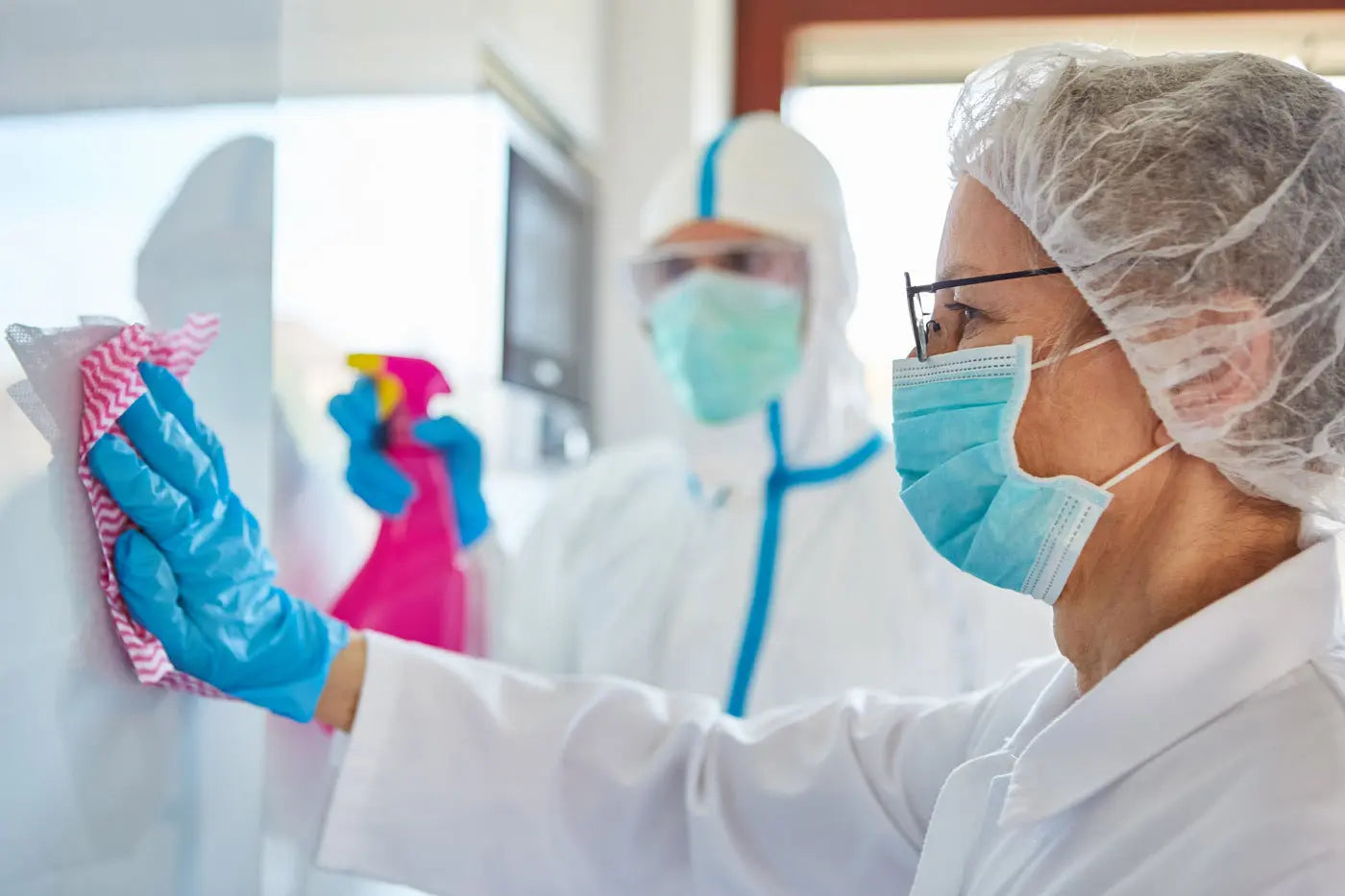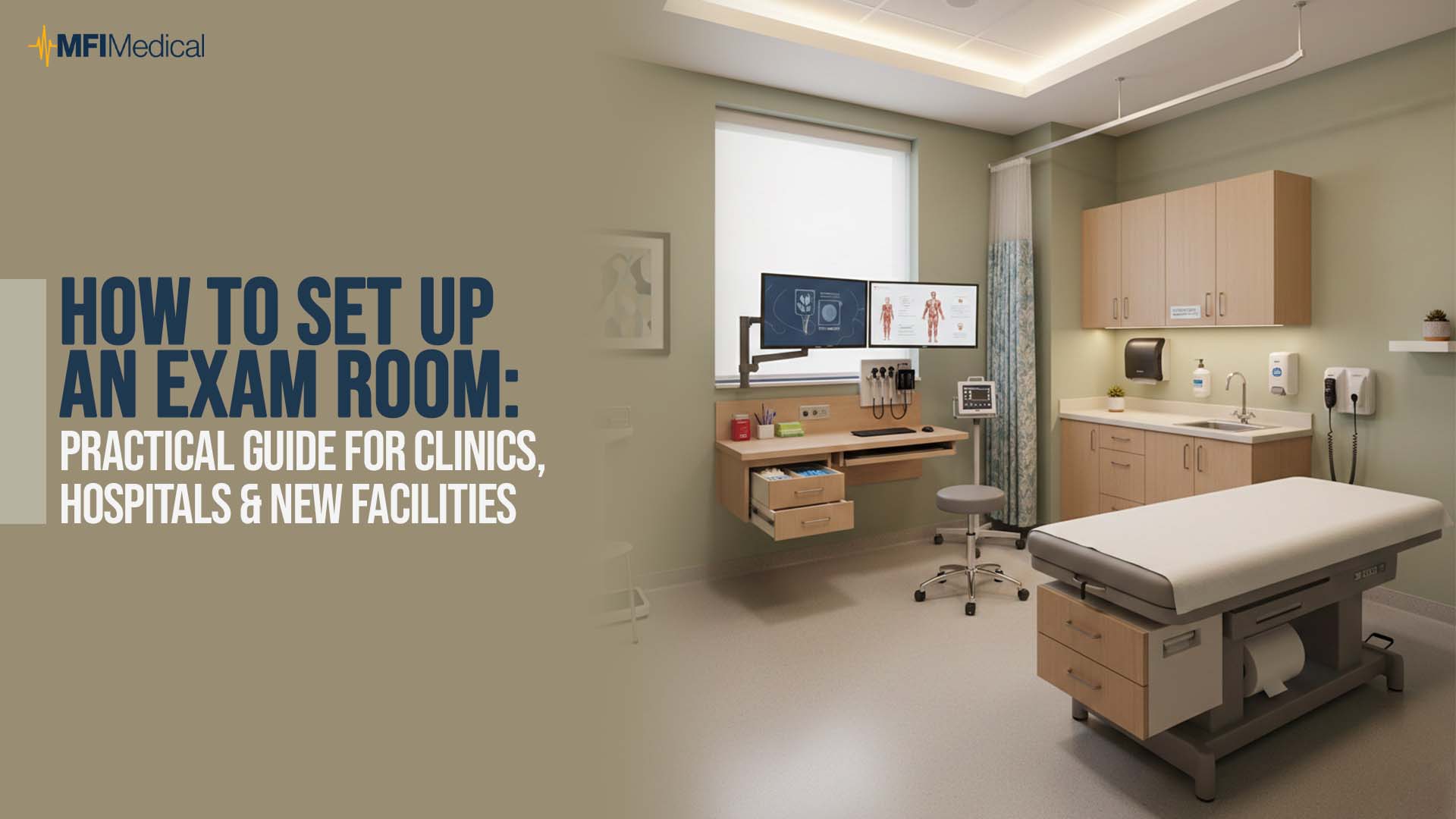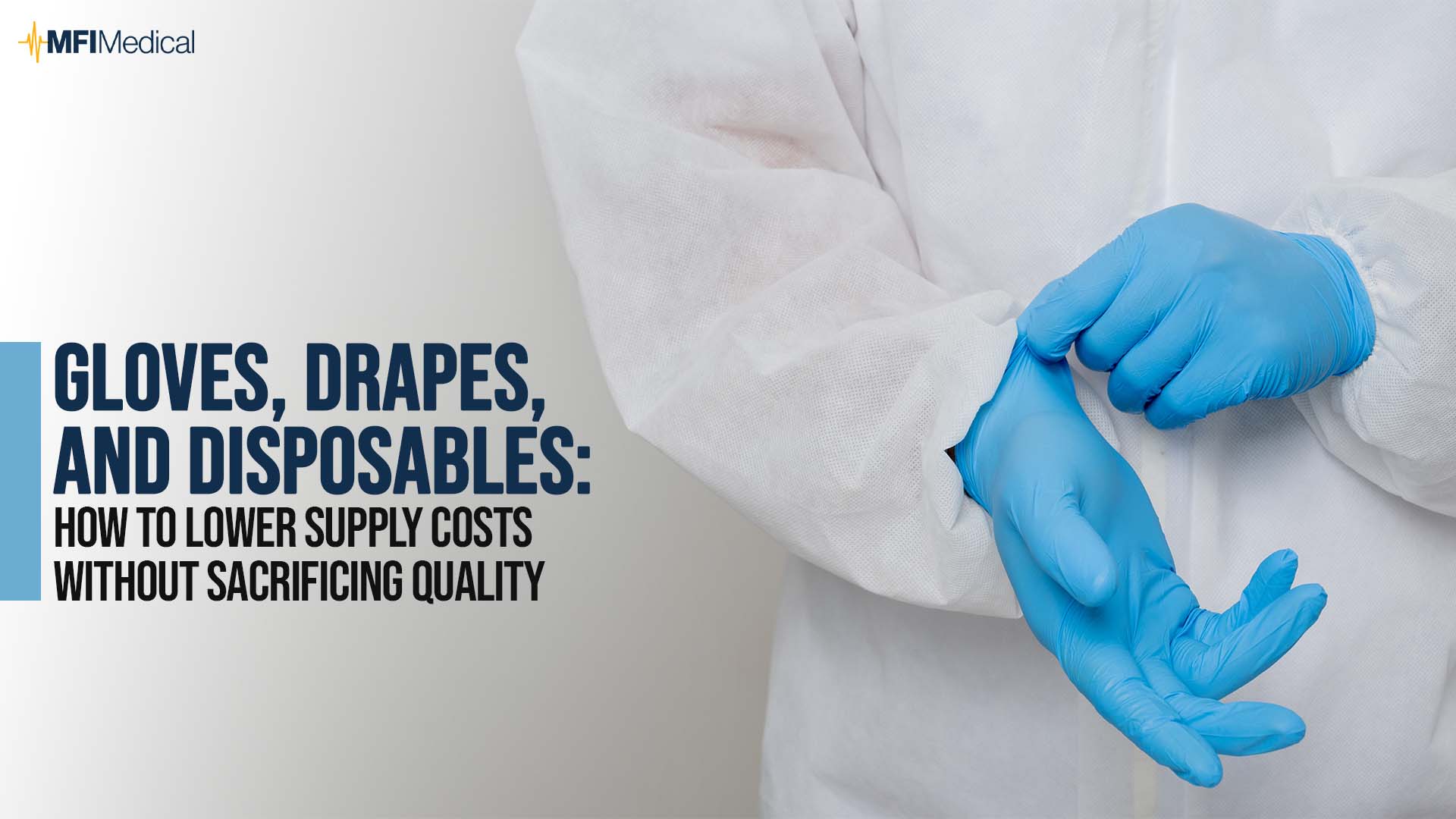Maintaining proper cleaning and sanitizing guidelines is important every day but is especially crucial during a global pandemic. This applies to both medical facilities and the home. Limiting our exposure to potentially infected places and people is the primary form of preventative care against any type of virus. However, since contact with the virus is still a potential hazard to essential workers and in necessary activities such as grocery shopping, proper cleaning and disinfecting must be practiced to further prevent infection and transmission. When the COVID-19 curve began its ascent disinfecting wipes and sprays, antibacterial hand gel and hand sanitizer, and cleaning solutions quickly disappeared from store and warehouse shelves. Due to the scarcity of available products and PPE, both healthcare facilities and the general public found themselves in need of the appropriate disinfectant solutions. This led to the repurposing of different types of sanitizing solutions to disinfect themselves and various surfaces in an attempt to achieve any level of sanitation.
In order to properly prevent infection against pathogens, it’s important to use these disinfectants in an adequate manner. Whether it’s hand sanitizer, antiseptic gel, antibacterial soap, disinfectant spray, or any other various forms of sanitizers, learn how to correctly clean and disinfect surfaces according to guidelines by the Centers for Disease Control (CDC).
Cleaning vs Disinfecting
Cleaning and disinfecting may sound like the same thing but by definition are two different things. According to the CDC, cleaning “refers to the removal of germs, dirt, and impurities from surfaces”. While cleaning does not kill any pathogens, “it lowers their numbers and the risk of spreading infection”. If you are looking to eliminate germs you need to disinfect. “Disinfecting refers to using chemicals to kill germs on surfaces”. It's important to note that disinfecting does not necessarily clean dirty surfaces or remove germs, but by killing germs on a surface after cleaning, it can further lower the risk of spreading infection. Meaning, you should always clean surfaces first prior to disinfecting. That’s why reminders from health experts about washing your hands often have risen during the past few months in an attempt to stop the spread. Washing your hands won’t kill the pathogens, but it will prevent the spread.
Cleaning is about removing contaminants from a surface. Disinfecting is about killing pathogens.
The CDC recommends routine cleaning and disinfecting of commonly accessed surfaces and areas around your home and work. This includes electronics such as computers and cellphones as well as the CDC recommended face mask and coverings used in public to prevent the spread of respiratory droplets. Now that we know when to clean and when to disinfect, it’s important to know which type of disinfectant to use.
Types of Disinfectants and Sanitizers
There are over 400 types of commercial disinfectants currently registered with the CDC that meet the Environmental Protection Agency’s (EPA) criteria for use against the virus that causes COVID-19. From liquids to gels and foams, to sprays, to wipes, disinfectants are available in numerous configurations. It’s important to use the right types of disinfectants on the correct surfaces to ensure the most elimination of pathogens possible. If you are using the incorrect type of disinfectant you run the risk of leaving yourself exposed. Spraying sanitizers and disinfectants on any other surface that is not recommended by the manufacturer may nullify the effects of the disinfectant.
Antiseptics, such as the 3M Avagard D Instant Hand Antiseptic, should be used on living tissue, while disinfectants such as Parker Protex Disinfectant Spray should be used on hard non-living surfaces. You should never use a disinfectant meant for hard surfaces on the skin since it could possibly cause bodily harm.
How to Clean and Disinfect
Now that we’re all on the same page on the differences between cleaning and disinfecting, here are some tips direct from the CDC on how to properly sanitize surfaces:
- Clean yourself or the surface prior to disinfecting: First, remove any contaminants prior to doing any disinfecting. This includes the home and medical facilities. Instruments should be pre-washed to remove any organic material or soil. Skin should be cleaned or prepped prior to disinfecting.
- Determine the type of surface you will be disinfecting: Are you looking to remove possible pathogens from skin, hard surface, soft surface, or an electronic? Be sure to use an appropriate disinfectant for the surface in order to maximize efficiency.
- Select the appropriate type of disinfectant and follow the given directions for use: Once you have cleaned and determined the type of surface, select an appropriate disinfectant or antiseptic. Always verify the directions for use on the bottle or from the manufacturer.
How to Disinfect Your Hands
Be sure you have washed your hands for at least 20 seconds (pick your favorite song and start singing!) to remove any visible dirt, debris, or oils. These contaminants can diminish the efficacy of disinfectants. So while it is better to use hand sanitizer than nothing at all, washing your hands eliminates any contaminants and helps prevent the spread of any possible pathogens. Once your hands are clean, you can use hand sanitizers that contain at least 60% alcohol to ensure you have killed any possible pathogen that washing does not eliminate. Antiseptics are specifically designed to be used on living tissue however antibacterial soaps can be used as well. Again, never use a disinfectant meant for hard surfaces on the skin.
MFI Medical carries hand antiseptics and antibacterials in foams, gels, and with moisturizers. You can find these and more in our PPE collection (this collection is constantly being updated !).
3M Avagard Hand hygiene solutions are the only hand antiseptics that combine CHG and alcohol, providing rapid antimicrobial kill and proven persistence. These hand sanitizers are a top-choice across hospitals, schools, care facilities, and MFI Medical customers.
How to Disinfect Your Equipment
Medical equipment that is exposed to possible pathogens needs to be thoroughly cleaned and sanitized to prevent infection to other patients and to essential caregivers. Depending on the type of equipment, a wipe may suffice to reach all surfaces or you may need a spray to get too hard-to-reach areas. Always check your equipment’s manufacturer recommendations to determine how to best clean your equipment.
If your equipment needs to be processed with an autoclave, read our “3 Easy Tips to Use an Autoclave” blog to learn how to clean and load your autoclave to produce sanitized instruments.
MFI Medical carries the Parker collection of cleaners and disinfectants in wipes and sprays to best suit your needs. These disinfectants are effective against a broad spectrum of pathogens, including MRSA, HIV, H1N1, staph, and many others.
Parker Protex Ultra Disinfectant Wipes are recommended for a broad range of applications including medical and dental offices, emergency vehicles, hospitals, nursing homes, exercise facilities, and locker rooms. They’re useful in disinfecting ultrasound transducers and probes, mammography compressor plates, vinyl exam tables, countertops, and other hard, non-porous, non-critical surfaces. The Parker Transeptic Cleansing Solution is specifically designed for cleansing ultrasound transducer/probe surfaces between procedures or as a cleaning step prior to sterilization.
MFI Medical and Your Sanitizing Needs
MFI Medical works in partnership with many major brands such as 3M, Parker, Dynarex, and more to offer the best products at the lowest prices. In addition, MFI Medical is the number one reseller of certified refurbished autoclaves and sterilizers from brands such as Midmark/Ritter, Tuttnauer, and CPAC. Need help finding something? Find your account manager today.
*Note: Due to the nature of manufacturer and supplier restrictions, the availability of products mentioned may change. Our team will work closely with you to ensure we find the right product for your specific needs.






